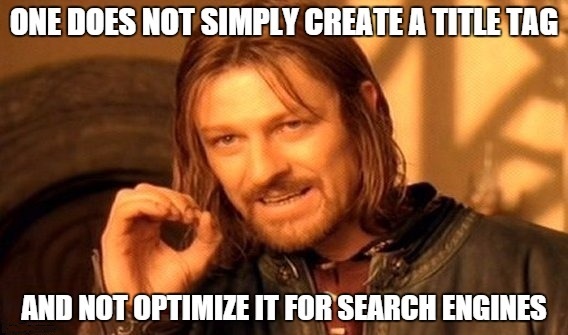Title tags are strong indicators of the page content to search engines. They are also the first thing a potential site visitor sees when viewing the search engine results. To best satisfy both, the same set of best practices can be followed. Before getting into specifics, from a general perspective the title tag should be written to accurately describe what that page’s semantic focus is using relevant keyword, and falls within a range of length while establishing brand awareness. It should be unique but structurally consistent across the website.
FOCUS
Possibly the most important aspect of the title tag is semantic focus and inclusion of a reasonably high-trafficked keyword. Keyword research should have already been performed to identify rankings targets. After filtering down the possible phrase to only those most relevant, pick the one with the most estimated queries. Use this to frame the page title.
LENGTH
Search engines provide a character-count range the title tag should fall in. Generally, this is between 30 and 65 characters. This is to maximize the semantic relevance while keeping it digestible and un-truncated in the search engine results.
Always keep in mind that at no point should readability be sacrificed for the sake of the search engines. Site visitors should be able to assume the general content of the page simply by the page title.
BRANDING
To establish and maintain brand identity/awareness, the title should include the company or business name. This should follow the actual title (the keyword-based description of the page’s content) and be separated by a character such as “|” or “-“. So a typical title will first have 3 – 5 words used to best summarize the page’s content followed by the separating character which is followed by the company or business name. This structure should be consistent across all pages of the website. Here are some examples of title tags based on several types of pages.
- KWTerm1 KWTerm2 KWTerm3 KWTerm4 | Widgets, Inc.
- Category Page: Ecommerce Hosting Solutions – HostBadger.biz
- Product Page: Men’s Game of Thrones T-Shirt | TV-Tees.com
- Blog Page: How to Jump Start Your Car – AutoHelper
WEB ANALYTICS | SEARCH OPTIMIZATION | PAID ADVERTISING | COMPANY NEWS










